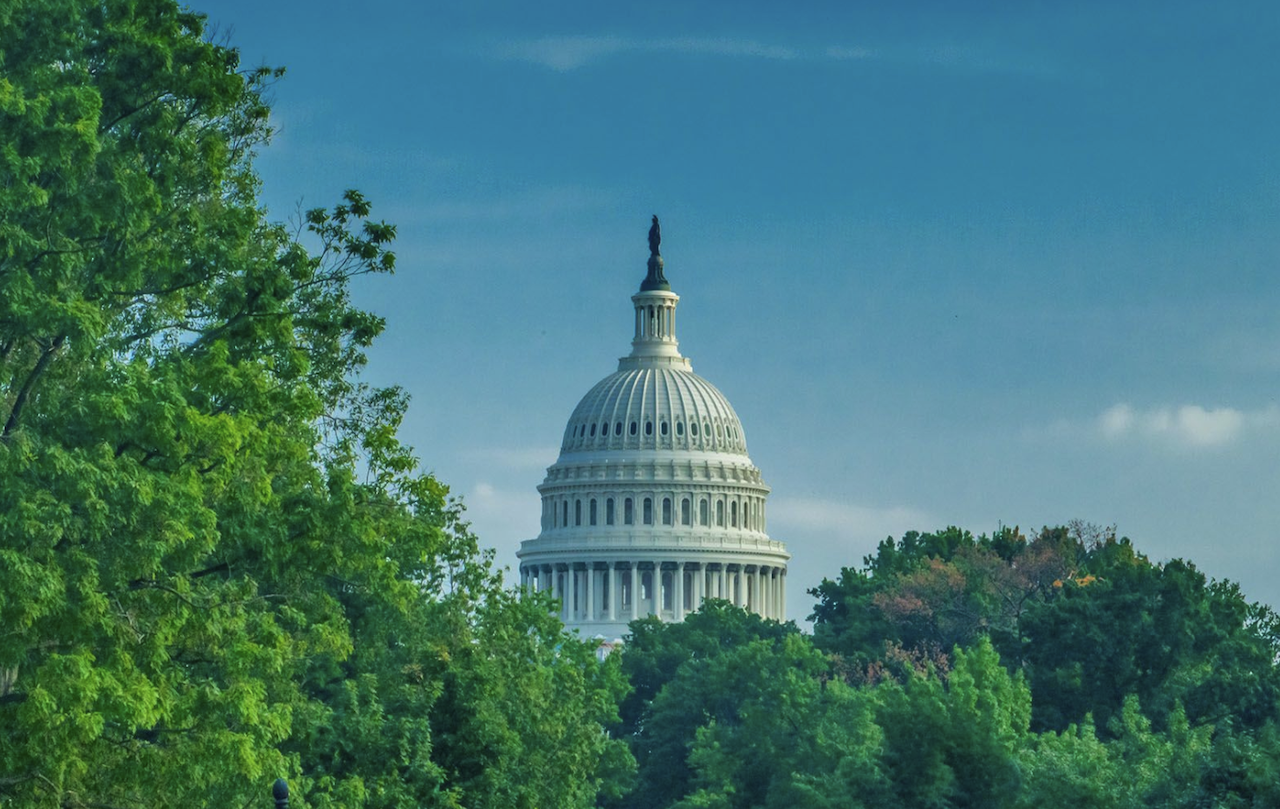Policy
Rural Housing Dreams Dim Under OBBB Reality Check
The One Big Beautiful Bill promises rural investment but may not deliver. Opportunity zones alone can’t overcome deep structural challenges.

In a headline-generating shake-up, courtesy of the One Big Beautiful Bill Act, state governors are now the cartographers of where opportunity zone equity will go.
Their task?
Redraw the maps that once funneled billions of federally-seeded dollars toward luxury apartment complexes in already-booming urban corridors—and re-aim the lion's share of that money instead to America's communities that truly need and deserve to receive the help.
With a newly minted OBBB legislative program, policymakers insist that tax incentives will finally gush — not trickle — toward rural America.
The narrative is elegant. Enhanced incentives in newly defined, “distinct” Opportunity Zones (OZs) will unleash a wave of yield-seeking capital investment, breaking ground on factories that, theoretically, will rekindle economic activity and generate housing demand.
If only economic development were so obedient.
The hope for rural revival — and with it, more housing — remains, for now, primarily confined to legislative talking points. There are still many unanswered questions.
Under the old rules, rural OZs barely stirred investor interest. And despite all the reshuffling and perk sweetening, this new vision may prove just as easy to overlook.
Rural census tracts account for roughly 40% of the 8,700 opportunity zones created after the 2017 Tax Cuts and Jobs Act. Yet, of the more than $100 billion invested in opportunity zones since then, rural areas have seen only 7% of that total, according to analysis from the National Bureau of Economic Research.
Ben Donsky, principal at real estate consulting firm Agora Partners, tells The Builder’s Daily that opportunity zones aren’t enough in rural areas and need public subsidies.
One of the problems is that a lot of these more rural communities cannot issue investment-grade bonds,” Donsky says. “They don’t have the credit rating. If you don’t have the tax base, how do you repay the bond?”
Urban areas captured the remaining 93% of investment, with most of it allocated to residential rental development. In its analysis, the NBER notes that manufacturing drew less than 2% of overall OZ investment.
Governors will draw up a new slate of eligible census tracts when they apply for opportunity zone designations under the new law, beginning July 1, 2026. They must replace existing zones—set to expire at the end of 2026—with census tracts that meet stricter income thresholds.
The threshold for labeling a “low-income community” as an opportunity zone will drop from 80% to 70% of the area's or statewide median income.
Rural areas are defined as cities with a population of no more than 50,000, which are not adjacent to urbanized areas or cities with a population greater than 50,000.
Investors in rural OZs can receive up to a 30% reduction in capital gains taxes for qualifying investments, compared with up to 10% for non-rural zones.
As with current OZs in rural areas, the tax incentive likely will be layered on top of other incentives some states have created to spur rural economic development. Georgia and Kansas, for example, have designated rural zones.
Because the program is permanent, states will have to propose new OZs every 10 years to reflect changing economic conditions and successes in improving a census tract.
The law also addresses criticisms regarding the lack of data and reporting on existing OZs. It requires rigorous annual reporting by qualified opportunity funds and imposes penalties for non-compliance.
The Treasury Department must also publish data on investments, jobs created, residential units produced, and, starting in 2031, broader economic impacts, such as poverty reduction and new business starts.
However each governor chooses to draw up his or her state's map of new opportunity zones, there will be winners and losers. Opportunity zone investing expert Jimmy Atkinson projects that the new rules could ultimately eliminate more than a quarter of the existing zones.
Developers focused on affordable and workforce housing could benefit, while apartment developers hoping to build more luxury apartments may no longer be able to rely on OZ equity funds.
David Shapiro, a tax attorney with Saul Ewing, tells The Builder’s Daily that the key driver for rural areas could be a slew of tax changes in the new OBBB, beyond the OZ changes, which are designed to encourage the development of domestic manufacturing and other businesses.
The first wave will be manufacturing buildings. Then the housing may be lagging slightly but following along, because you can't have the manufacturing facility without having somewhere for workers to live,” Shapiro says.
MORE IN Policy
Dallas Rewrites Its Zoning Legacy to Fix Housing Shortage
After decades of single-family dominance, Dallas is embracing density again. A landmark ordinance revives small-scale housing once zoned out of existence — and signals a turning point for Texas growth policy.
Arizona’s New Water Framework Revives Housing Prospects
After a yearlong construction freeze, Arizona finally has a path forward. A new water framework could unlock 60,000 homes — and redefine how growth happens in the desert.
Oklahoma City’s Boom Triggers Suburban Housing Demand Surge
A diversifying economy and billions in new investment are reshaping Oklahoma City. But rapid growth has created a housing shortfall that’s now spreading to the suburbs.
